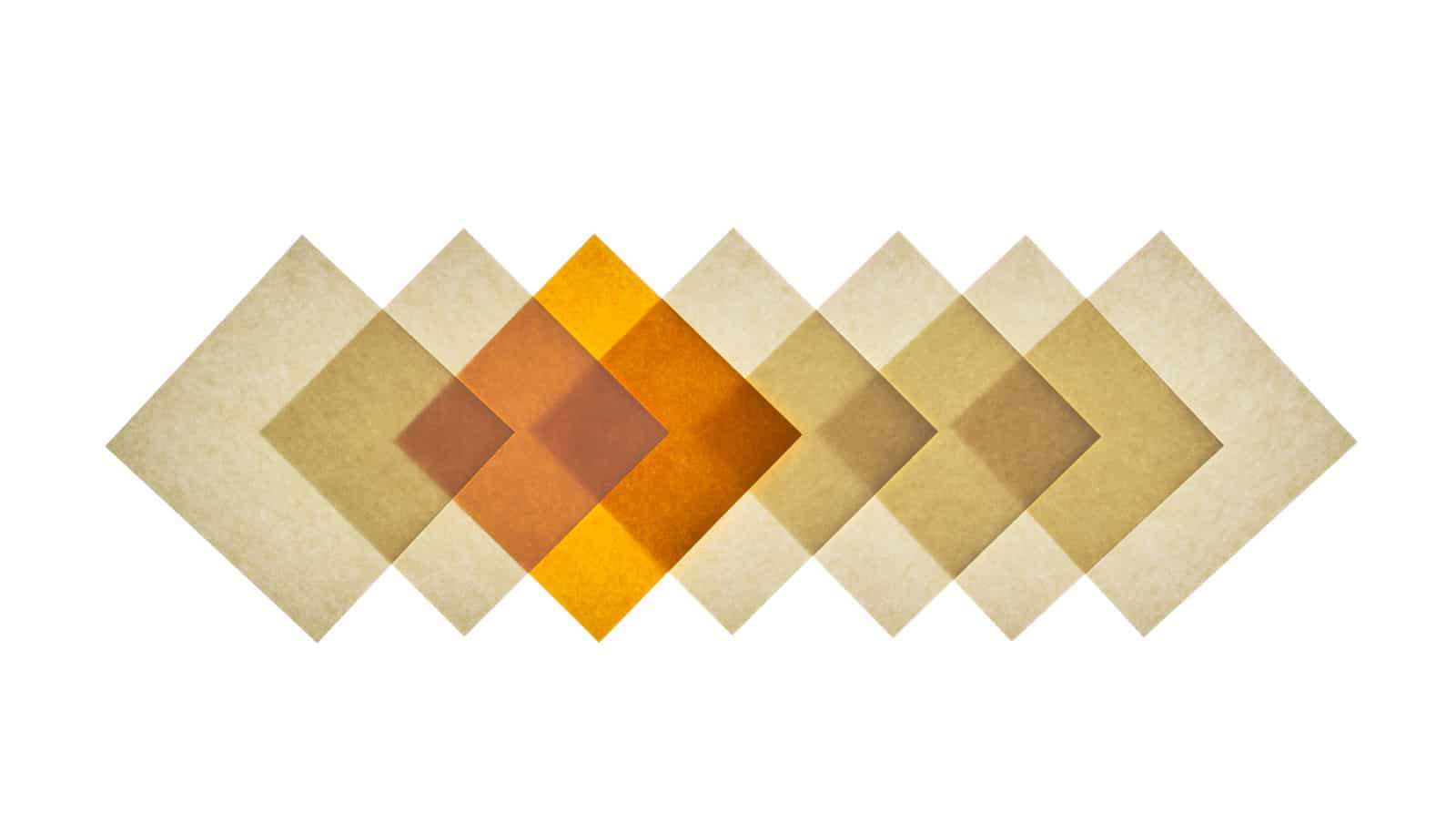Researchers are applying one of the first uses of deep learning to the field of materials science.
Deep learning refers to the technology computers use to intelligently perform tasks such as recognizing language and driving autonomous vehicles.
Discovering how atoms—such as a single layer of carbon atoms found in graphene, one of the world’s strongest materials—work to create a solid material is currently a major research topic in the field of materials science, or the design and discovery of new materials.
“Give an intelligent computer system any design, and it can predict the properties.”
“You can train a computer to do what it would take many years for people to otherwise do,” says lead researcher Yuan Dong, a research assistant professor of mechanical and aerospace engineering at the University of Missouri. “This is a good starting point.”
Dong worked with Jian Lin, an assistant professor of mechanical and aerospace engineering, to determine if there was a way to predict the billions of possibilities of material structures created when non-carbon atoms replace certain carbon atoms in graphene.
“If you put atoms in certain configurations, the material will behave differently,” Lin says. “Structures determine the properties. How can you predict these properties without doing experiments? That’s where computational principles come in.”
Lin and Dong worked with Jianlin Cheng, a professor of electrical engineering and computer science, add a few thousand known combinations of graphene structures and their properties into deep learning models. From there, it took about two days for the high-performance computer to learn and predict the properties of the billions of other possible structures of graphene without having to test each one separately.
Researchers envision future uses of this artificial intelligence assistive technology in designing many different graphene related or other two-dimensional materials. These materials could be applied to the construction of LED televisions, touch screens, smartphones, solar cells, missiles, and explosive devices.
“Give an intelligent computer system any design, and it can predict the properties,” Cheng says. “This trend is emerging in the material science field. It’s a great example of applying artificial intelligence to change the standard process of material design in this field.”
The research appears in Computational Materials. Funding came from the University of Missouri start up-fund, NASA Missouri Space Consortium project, the Department of Energy National Energy Technology Laboratory, the National Science Foundation, and the US Department of Agriculture. The content is solely the responsibility of the authors and does not necessarily represent the official views of the funding agencies.
Source: University of Missouri



